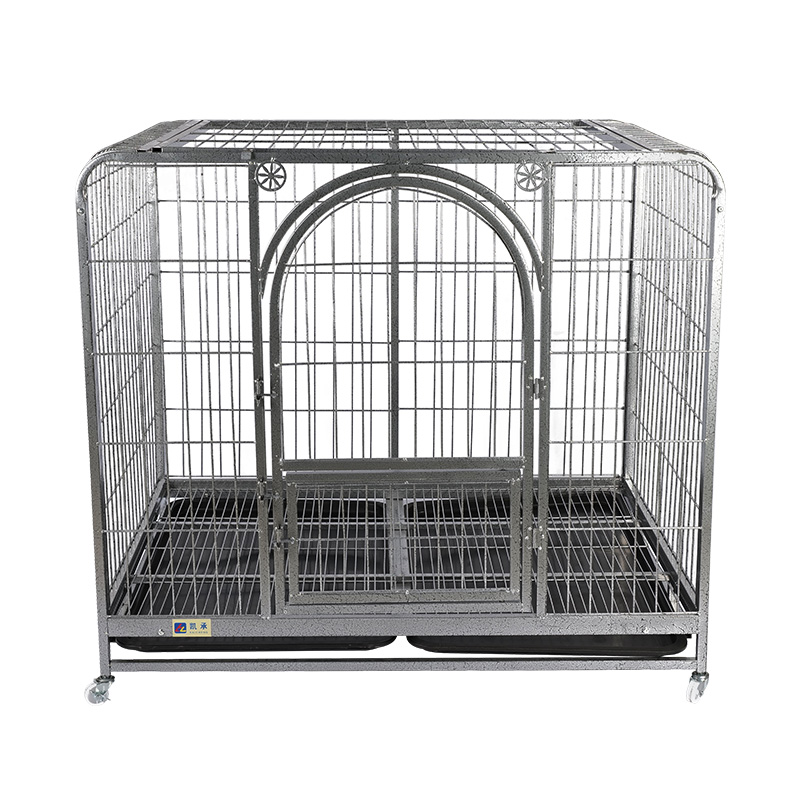The ventilation of pet cages is critical to the health and comfort of your pet. A well-designed pet cage should have enough vents, grilles or meshes to ensure air circulation and prevent your pet from overheating or lack of oxygen in the cage due to poor air circulation.
A suitable pet cage should have enough vents or mesh structures to help air circulate in the cage. The vents should not be too small or too few, otherwise they will not be able to effectively exhaust hot air and cause the cage temperature to rise. The vents should be designed to cover the main area of the cage to ensure that air flows evenly in the cage.
The vents should be distributed on all four sides of the cage, especially on the top and sides of the cage, and avoid providing ventilation in only one direction. This will prevent the accumulation of heat or moisture in localized areas and ensure that there is adequate air circulation in every corner of the cage.
Many pet cages are designed with metal mesh or grilles, which not only improves the durability of the cage, but also provides good ventilation. Metal mesh usually has larger mesh, which allows air to flow freely and keeps the cage ventilated.
Some plastic cages also have larger vents to help air flow. However, if the plastic cage is too airtight, it may lead to insufficient ventilation, increasing the risk of overheating or hypoxia. Therefore, plastic cages should usually be designed with more ventilation holes.
Ventilation is particularly important in hot summer or high temperature environments. A well-designed pet cage should be able to maintain sufficient air circulation to prevent the pet from feeling uncomfortable due to stuffiness. Especially for long-haired pets or larger pets, good ventilation can effectively prevent overheating.
Although ventilation is more important in the summer, excessive ventilation in cold environments may also cause pets to be affected by cold air. Therefore, some pet cages are designed with adjustable vents, which allow users to flexibly adjust the ventilation according to weather conditions to ensure that pets can stay warm without hypoxia.
Some high-end pet cages are equipped with adjustable ventilation systems, which allow users to adjust the ventilation in the cage according to the pet's activity or the external ambient temperature. For example, the opening of the vents can be increased, or the air circulation can be enhanced through adjustable windows.

Excessive direct sunlight can also cause the cage temperature to be too high. Therefore, some pet cages are designed with sunshades or sun-proof materials to help avoid direct sunlight and keep the temperature in the cage stable to avoid discomfort to pets in high temperatures.
Some pet cages (especially soft cages) may use fabrics or mesh fabrics with good air permeability, which not only provides good air circulation, but also prevents bacteria from growing and keeps the cage clean.
In order to prevent pets from overheating or hypoxia, the ventilation design of pet cages is crucial. High-quality pet cages should have sufficient ventilation holes, reasonable mesh design, suitable materials and flexible adjustment systems to ensure air circulation in the cage and maintain a balance between temperature and oxygen supply. Especially in high temperature environments or when used for a long time, the ventilation design of pet cages must be given enough attention to ensure the health and comfort of pets. If the pet cage does not have good ventilation, it may cause heat stroke, dehydration or other health problems for pets. Therefore, when choosing a pet cage, ensuring its ventilation performance is an important factor that cannot be ignored.


 English
English Español
Español



